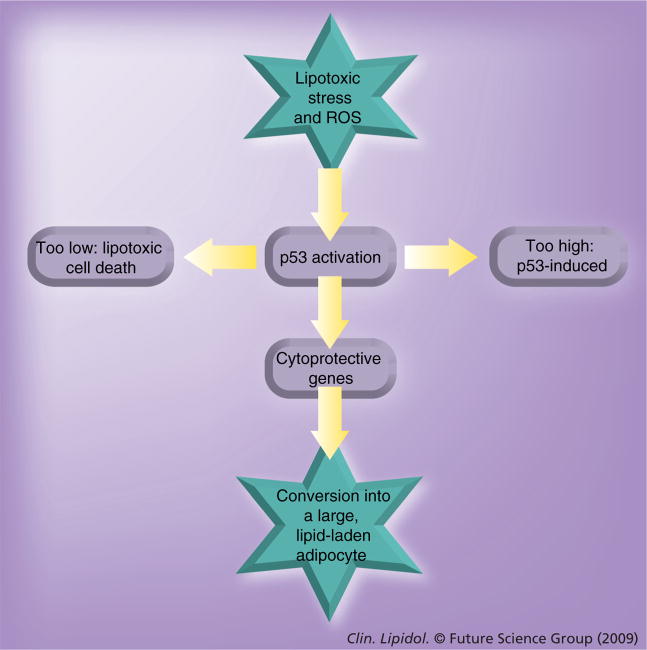Figure 2. The underlying hypothesis on the role of p53 in adipogenesis.
Exposure to free fatty acids in the interstitial fluid will activate p53 through lipotoxic stress and ROS-induced cellular damage. Is the level of p53-activation too high and persistent? The tumor-suppressor p53 will eventually induce apoptosis, leading to loss of the cell. Is the level of p53 activation too low? There will not have been an effect of this ‘guardian’ at all and the cell will ultimately succumb to the damage induced by reactive oxygen radicals and lipotoxic effects. Only when the level of p53 activation is ‘just right’, will it confer protection to the small adipocytes by the induction of reactive oxygen-scavenging genes and possibly even by enhancing the lipogenic capacity of these cells. Thereby, p53 activation, when properly controlled, will ensure the clearance of lipotoxic stress, protecting not just the cell, but once again the organism as a whole. However, it is worthy to note for consideration, that in our present-day society ‘just right’ may have shifted considerably from our original evolutionary settings.
ROS: Reactive oxygen species.

